New method to control electron spin paves the way for efficient quantum computers
The method, developed by researchers including John Nichol, an associate professor of physics, overcomes the limitations of electron spin resonance.
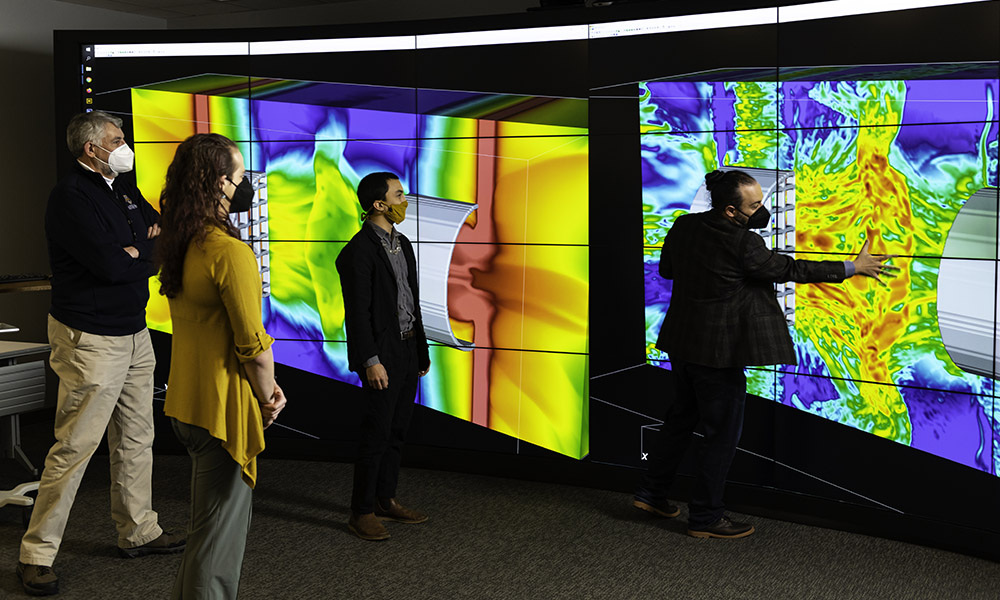
Flash Center moves to Rochester, advances cutting-edge physics research
The Flash Center—devoted to computer simulations to advance understanding of astrophysics, plasma science, high-energy-density physics, and fusion energy—has moved from the University of Chicago to Rochester.
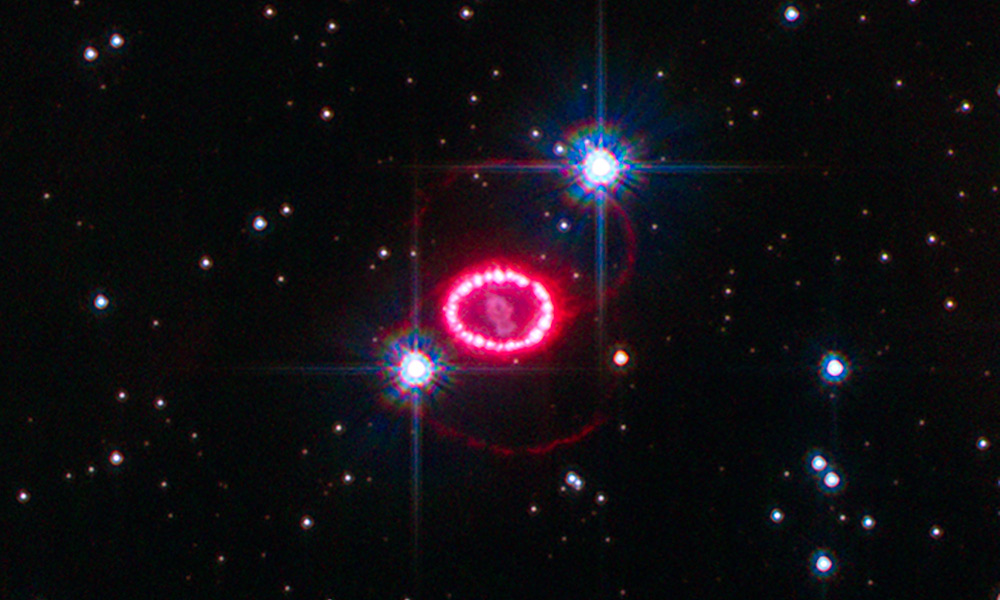
Lasers usher in a new era of astronomy
Large-scale, laser-based experiments have recently revolutionized astrophysics, writes Rochester professor Adam Frank, allowing scientists to recreate the cosmos in science labs.
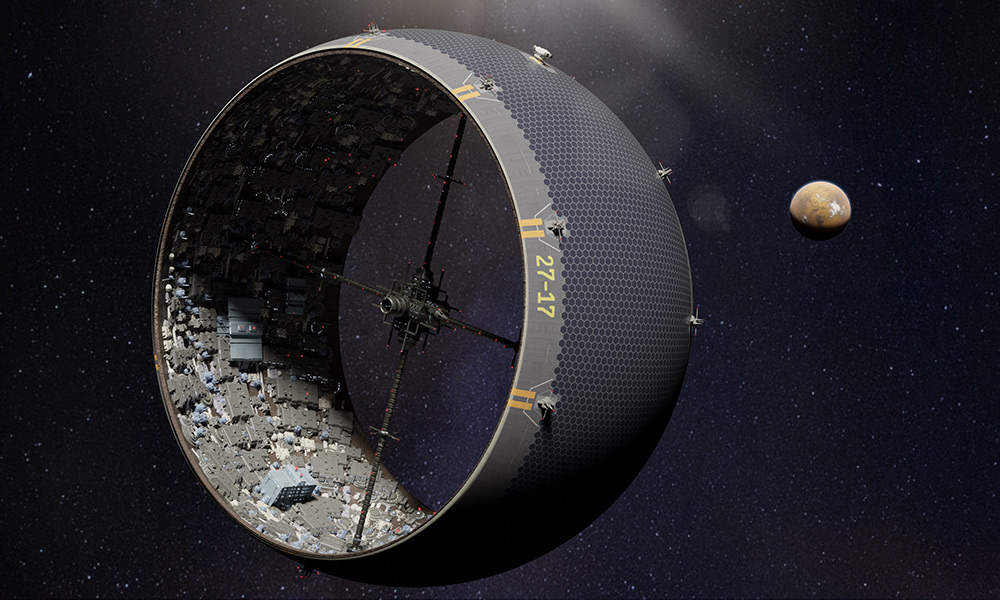
Cities on asteroids? It could work—in theory
A popular science fiction idea in TV shows like Amazon’s The Expanse, Rochester scientists are using physics and engineering principles to show how asteroids could be future viable space habitats.
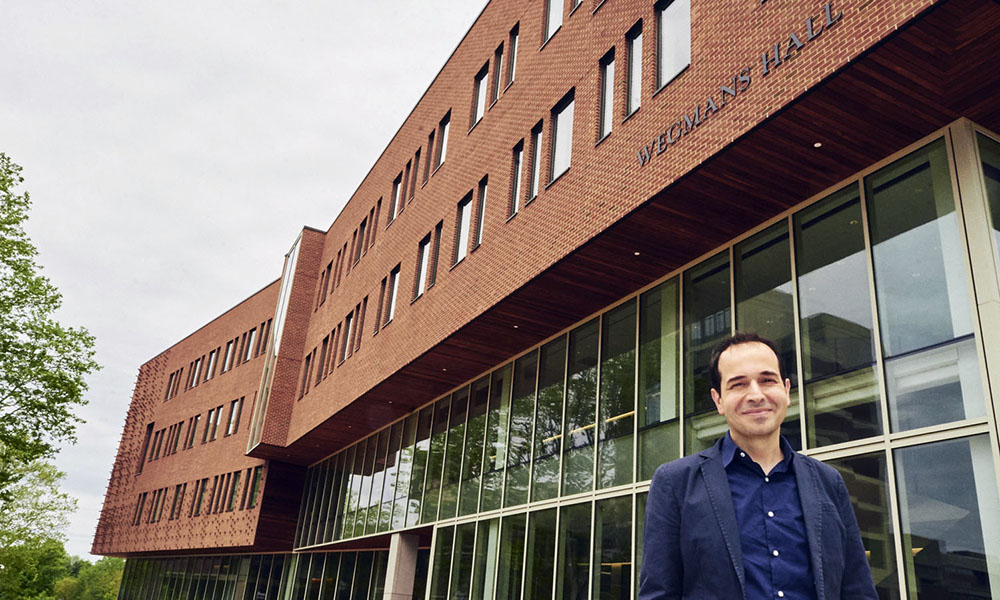
Seed funding reflects how data science, AR/VR transform research at Rochester
The University’s Goergen Institute for Data Science supports collaborative projects across all disciplines.
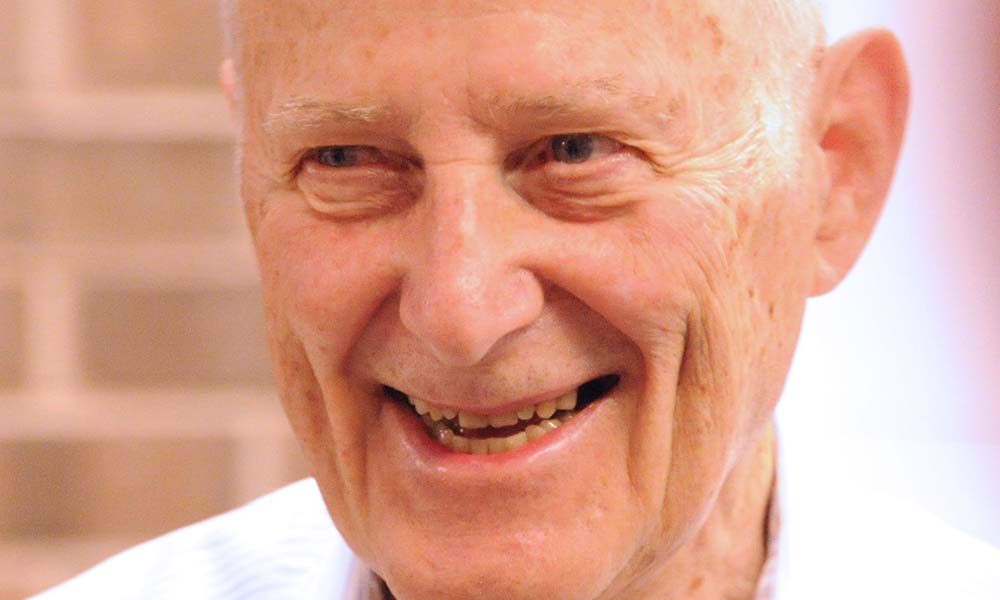
Adrian Melissinos remembered as a pathbreaking particle physicist, mentor
The long-time Rochester physics professor emeritus studied the mysteries surrounding dark matter and other phenomena in particle physics.
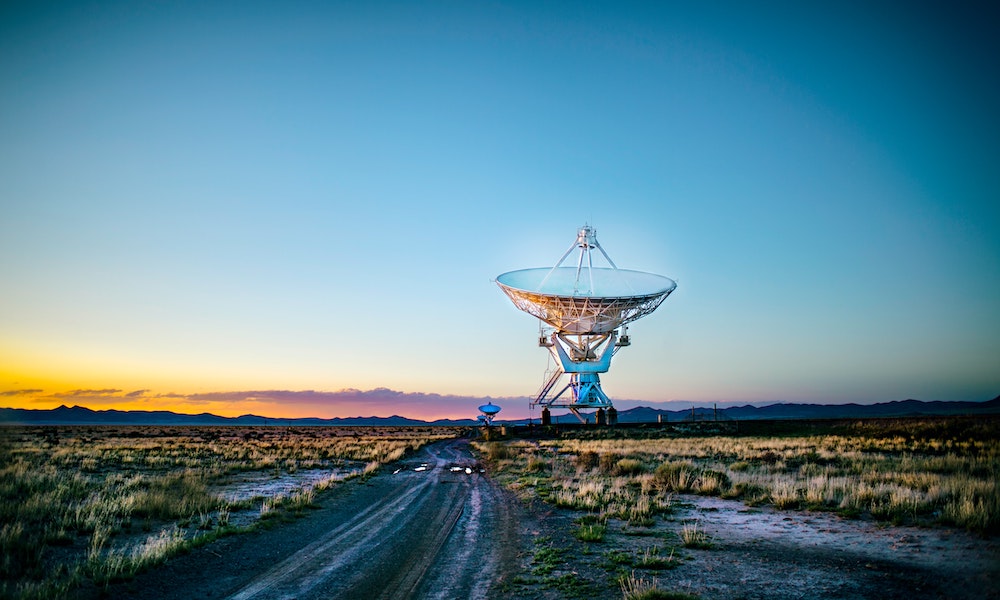
NASA brings standards of evidence to the search for UFOs
America’s space agency is convening a commission to investigate unidentified flying objects. In a Newsweek op-ed, Adam Frank explains why NASA’s involvement could be a game changer.

Can the public’s trust in science—and scientists—be restored?
Rochester astrophysicist Adam Frank says distrust jeopardizes the country’s future as an economic powerhouse.
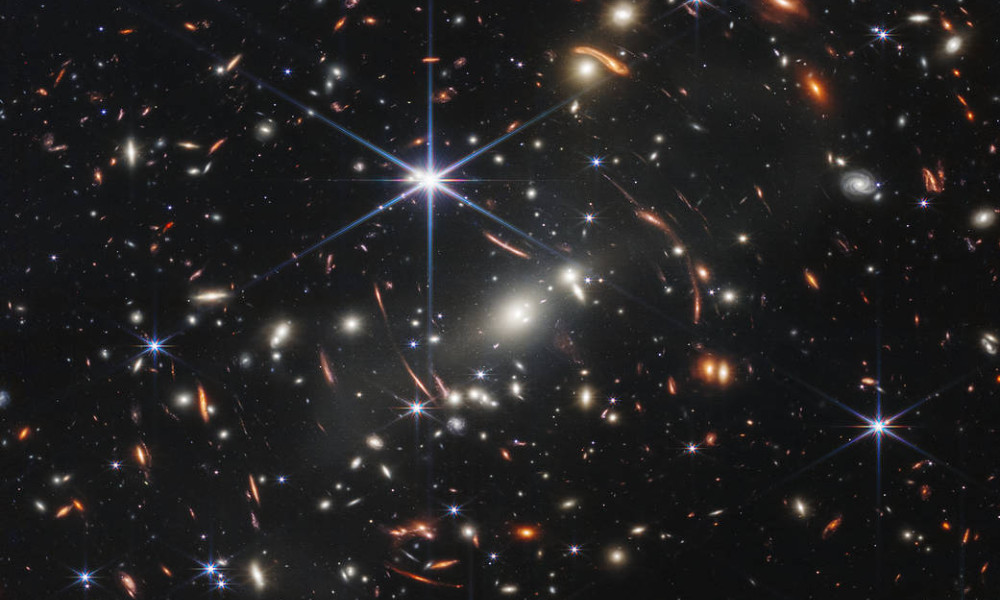
Star struck: Dispatches from the James Webb Space Telescope
Humanity’s best looks at the universe so far were made possible by the contributions of scientists, engineers, and supporters—including University of Rochester community members.
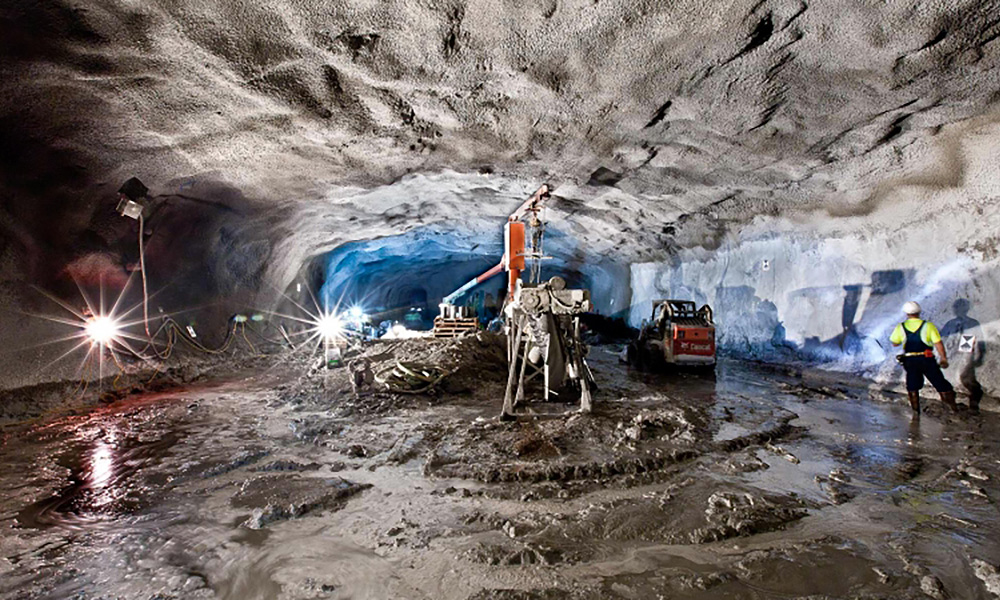
Dark matter mysteries unraveled by researchers in underground South Dakota mine
The digital electronics designed, developed, and installed by Rochester researchers are an integral part of the world’s most powerful dark matter detector, now in operation at the Sanford Underground Research Facility.
